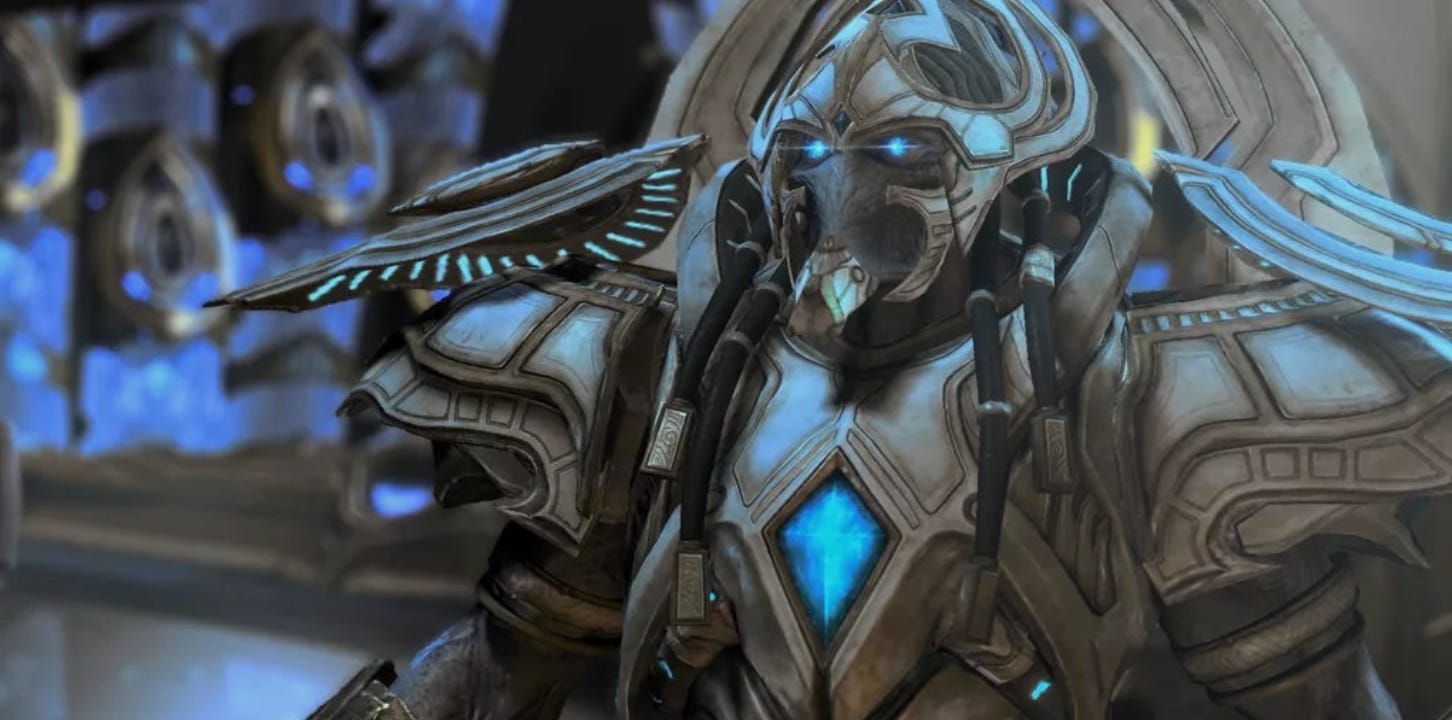Wabi-sabi, Metaverse & Future of the Virtual World
Recently, I have discussed the different developments of artificial meat and meal replacement between China and the US industry with VC friends. We talked about subtle differences in products caused by different concepts of “replacement”, themselves a product of cultural differences between the two countries.
Due to the epidemic, many friends in Silicon Valley have been working from home for more than a year. So-called “replacement”, “substitution” and “scene conversion” are all over the place and have powered the rapid development of companies such as Zoom and Clubhouse.
Today this article will follow those thoughts and talk about “Metaverse”, which is a “replacement” for our real world. I think it is one of the most important innovation directions of the Internet in the future.
According to Wikipedia, “The Metaverse is a collective virtual shared space, created by the convergence of virtually enhanced physical reality and physically persistent virtual space, including the sum of all virtual worlds, augmented reality, and the Internet.”
Simply put, it is a “real” virtual world supported by high technology like VR and sensors, the virtual world we conceived in movies like “The Matrix”, “Inception”, and “Avatar”. The fact that this innovation originated in the West, apart from technology maturity, is also an inevitable result of cultural development.
The East is a perishing mind, the West is a replacing mind
The East, represented by China and Japan, has an open-minded concept that is closer to nature. They believe that the harmony of nature and people is important in the process of accepting changes. I call it a “perishing mind” – they are more willing to accept the perishing.
In response to change, the West tends to use some materials or sensory signals to replace the perception brought about by the original facts, which is a kind of “replacing mind.” If something vanished, the West is going to find some similar item to replace it.
In short, there is a sort of dying aesthetics in the East and a “substitutionism” in the West. The difference between Eastern and Western responses to changes and the underlying thinking about the future has greatly affected artistic expression and life. One could easily draw examples from medicine, religion, and plenty of other fields.
Let us take a look at literary stories and movies. In the East, perishing is accepted as normal. In Cixin Liu’s book “Wandering Earth”, he creates a protagonist who lives at a time when the Earth is departing from a dying Sun. In that story, when the protagonist’s father leaves with a lover, his mother does not shed any tears. The people on Earth do not understand “love” in the future and can live with whoever they wish. In Chinese science fiction, even a matter as important as love can perish in the future.

Japan has developed a word describing life in a house without any decoration – “Wabi-Sabi”. Yet in the West, people who cannot have fine decorations will replace them with wallpapers.
This metaphor can be seen in many Hollywood movies. For example, in Blade Runner, the protagonist works hard to buy an expensive AI girlfriend. This girlfriend can only exist in his home by 3D projection and loves him so much that before being erased in the end, she finds a call girl to serve her boyfriend. The AI casts her avatar on the call girl’s face during the whole process- something I found shocking and hard to comprehend.
After I read “Wandering Earth” and compared the two stories, I suddenly understood that the difference lies between the two countries’ underlying thinking. When a desire cannot be satisfied, the traditional Eastern culture tells us to accept it. Western culture suggests doing everything possible to find an alternative.

This situation also played a crucial part in the birth of the Internet and Metaverse is in the West. I believe the biggest “replacing“ is actually the Internet. Many people define the Internet as the projection of the current carbon-based world on the silicon-based world. The Internet is thus a large Metaverse in its infancy, although it may only be a very basic one.
Disruptive innovation of gaming, the forerunner of Metaverse
In a category as large as the Internet, there is an industry that may be the first to allow people to move to a virtual world – the gaming industry. If we look at single-player games like RPG, most of them are similar to movies and animations. Their stories and characters are pre-designed. Examples include “Resident Evil”, “Final Fantasy” and “Diablo”. It takes some self-recognition and imagination before players can project themselves as the protagonists in a virtual world.
Players are not satisfied with this anymore. They request different endings in RPG games. In “Witcher 3″, there are 36 different endings. The online games, sandbox games, and open worlds allow players to play a role with a higher degree of freedom. Think of Zelda, GTA, Spore, and Minecraft.
Today, with the popularity of Roblox and Animal Crossing, the maturity of technologies such as VR and brain machines it seems that gamers will no longer need to follow a screenwriter. In the life of the metaverse, we can create our own world and the technology of the Metaverse will likely bring qualitative changes to the gaming industry.

Clubhouse led a fire recently. It has triggered a lot of discussions in the industry. Everyone is struggling to understand this project and its huge acceleration from the perspective of product, content, and epidemic situation. So if you still do not understand it, we can turn the scope a little bit bigger. Let us look at the success of Zoom. Why has Zoom defeated so many remote conferencing platforms? My answer is that Zoom is the most successful online company that perfectly replicates the offline meeting scene. To put it bluntly, it is a Metaverse of a conference. And Clubhouse is the same, if you look at it from the perspective of the scene, it is like a building a university or a Roman forum. In short, it is a Metaverse of an offline auditory scene.
The Metaverse and the “onlineization” that we saw in the past are two different things. The “Onlineization” brought about by the so-called “Internet +” wave can at best be regarded as the onlineization of a small part of the information flow – most of the activities still need to be done offline. For example, even if an e-commerce company is online, what you bought is still an actual item, and you need to unpack it. Thanks to technologies like VR and others, the Metaverse has gradually begun to occupy not only visual and auditory senses but even more. When all human senses can be simulated by digital signals, the virtual steak-eating experience in The Matrix can be truly realized in the Metaverse.
There is no duality in this Game
A CEO told me that there is no real duality on the Internet. I think his words are particularly accurate. Nowadays, our discussions in the venture capital industry easily fall into a debate-style duality without an end. The industry is trying too hard to get a yes or no on the Metaverse. But to be honest, there is no yes or no. Big changes are always happening gradually.
Products also try so hard to put tags on their users for their business purpose. It is helpful. But humans are complex, it is very hard to set up tags and needs leads to the Metaverse. More and more changes are happening gradually and the Metaverse is depriving our senses piece by piece. While it may take a long time before the real and virtual worlds converge, everyone will vote with their feet in the end. People will have many identities and experience many lives. I think this is the ultimate pursuit of mankind.

Today, when the different ideas of East and West have been colliding for a long time, the new generation of young people are more interested in VR, the virtual world, and the Internet. Thus, I think there is no duality as well.
The East is not ignoring the Metaverse. I remember how Tezuka drew his understanding of Elysium and Nirvana in the comic book “Buddha”. People turn into a halo which blends with everything when they die. This is the Eastern Metaverse that forgets and becomes everything. This is exactly the same as Blizzard’s understanding of the advanced wisdom of the universe, the Protoss in StarCraft. The spirits of all Protoss are connected to a spiritual halo – “Khala”. Protoss is attributed to Khala when they die. From here, the Buddha’s Nirvana and the StarCraft’s Khala all seem to be the ultimate form of Metaverse. Will this be our future?






